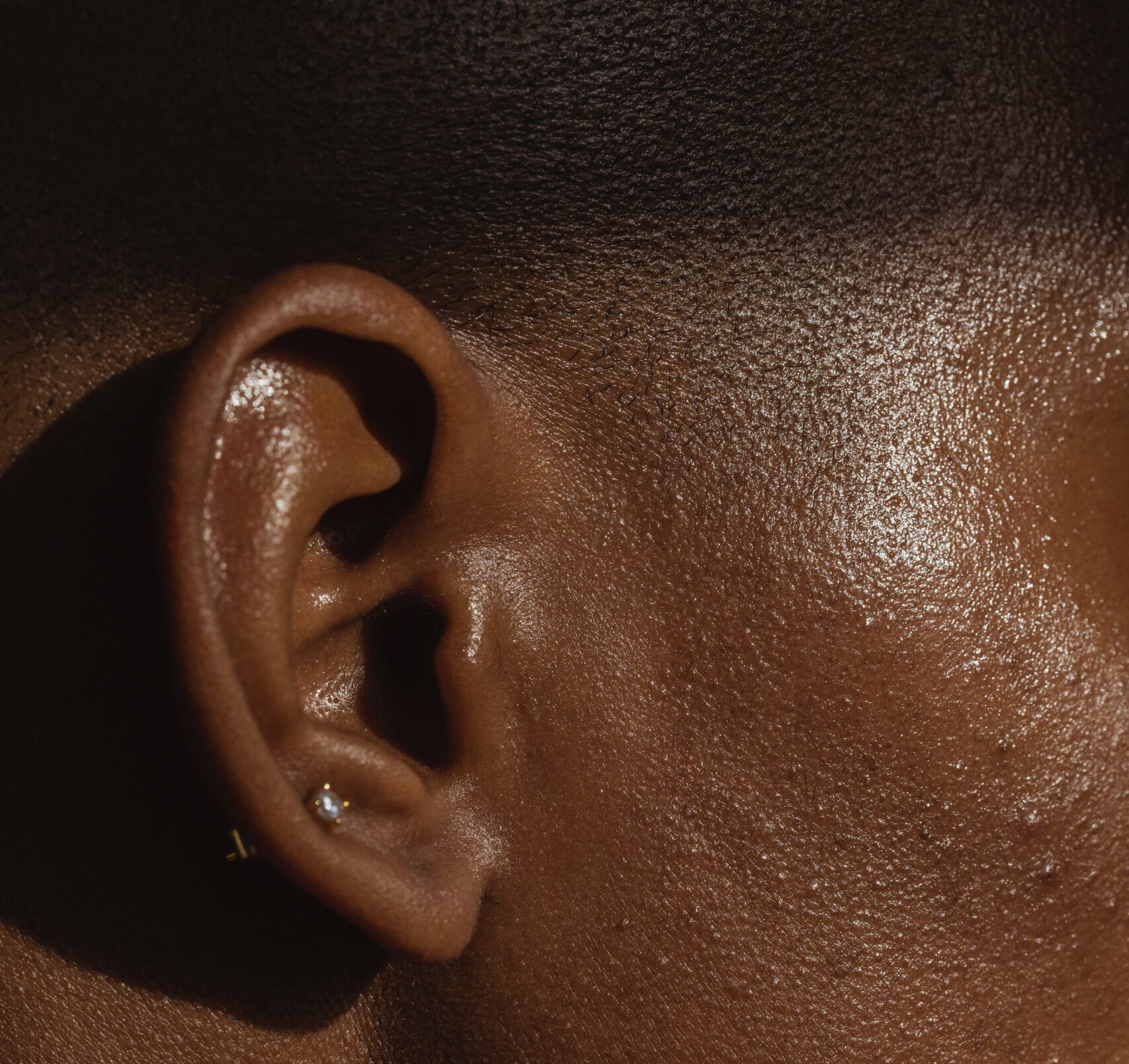Piercing bumps vs. keloids are more than common and can happen to pretty much anyone and everyone with a new piercing. Whether it’s poor quality jewelry, using harsh to little to no piercing aftercare remedies, or tugging or pulling on a new piercing, having any kind of bump covering a piercing can surely be annoying and inconvenient.
Although they look fairly similar in nature, piercing bumps and keloids are in fact different and pose a variety of complications that can develop after getting a body piercing. Whether it be an ear piercing, a nose piercing or a belly button piercing, there are many causes and treatments for both keloids and piercing bumps. But how can you tell which is which?
Ahead, we break down all there is to know about keloids vs. piercing bumps and how to go about treating them for a happy and healthy piercing.
What Are Piercing Bumps?
Piercing bumps, also known as irritation bumps or hypertrophic scarring, are one of the most frequent kinds of bumps associated with body piercings. These small, raised and sometimes reddish bumps typically appear near the site of the piercing and can either fully cover or slightly obstruct them. All in all, piercing bumps are usually caused by irritation or trauma to the piercing, such as excessive touching, using low-quality jewelry, or improper aftercare practices like over-cleaning with harsh solutions. Almost everyone who gets a new piercing develops piercing bumps at some point, even with proper aftercare, making them more common and less severe than keloids.
Treatment for piercing bumps often involves addressing the underlying cause of irritation. This may include switching to high-quality jewelry made of materials like surgical stainless steel, titanium or niobium, and practicing proper piercing aftercare by cleaning the area with saline solution and avoiding unnecessary touching. In many cases, piercing bumps can gradually resolve with time and proper care. If the bump persists, a healthcare professional or a piercing expert may recommend other treatments like corticosteroid creams or injections to reduce inflammation.
How To Treat Piercing Bumps
Apply Warm Compresses: Soak a clean cloth or gauze pad in warm saline solution and apply it to the bump for a few minutes. This can help reduce inflammation and encourage drainage if there is any fluid buildup.
Use High-Quality Jewelry: Ensure you are wearing high-quality jewelry made from materials like surgical stainless steel, titanium or niobium. Avoid jewelry made from nickel or other potentially irritating materials.
Avoid Harsh Products: Avoid using alcohol, hydrogen peroxide, or other harsh cleaning solutions, as they can further irritate the piercing.
What Are Keloids?
Unlike piercing bumps, keloids are a bit more serious and are typically raised and thickened areas of scar tissue that can extend beyond the boundaries of the piercing. Keloids are an abnormal response to skin injury and are more common in individuals with a genetic response to develop them. They can be triggered by even minor trauma, such as piercing or earlobe stretching, and can continue to grow over time. Keloids are and can often be discolored, itchy and occasionally painful.
Treating keloids can be challenging, and the options may include corticosteroid injections, laser therapy, applying tea tree oil, using silicone gel sheets or surgical removal. However, it’s important to note that keloids can sometimes recur after treatment. Prevention is often the best approach when dealing with keloids, and individuals with a history of keloid formation may want to reconsider getting certain types of piercings.
How To Treat Keloids?
Corticosteroid Creams or Gels: Some over-the-counter or prescription corticosteroid creams or gels can be applied topically to the keloid. However, results may vary, and it’s essential to consult with a healthcare professional before using these products.
Pressure Dressings: Pressure dressings or silicone gel sheets can be applied to the keloid to exert constant pressure, which may help flatten the scar over time.
Consult a Healthcare Professional: Start by consulting a dermatologist or a healthcare professional experienced in keloid treatment. They can assess the severity of the keloid and recommend the most suitable treatment options for your specific case.
Should Raised Bumps Raise Concern?
It’s important to note that not all raised or abnormal tissue around a piercing is a keloid or piercing bump. By taking note of the symptoms, this can better help you identify what category yours falls under. Receiving proper diagnosis by a healthcare professional or a piercer with experience is essential to determine the appropriate treatment course. In many cases, early intervention and proper care can help prevent the development of keloids and piercing bumps or minimize their appearance.
